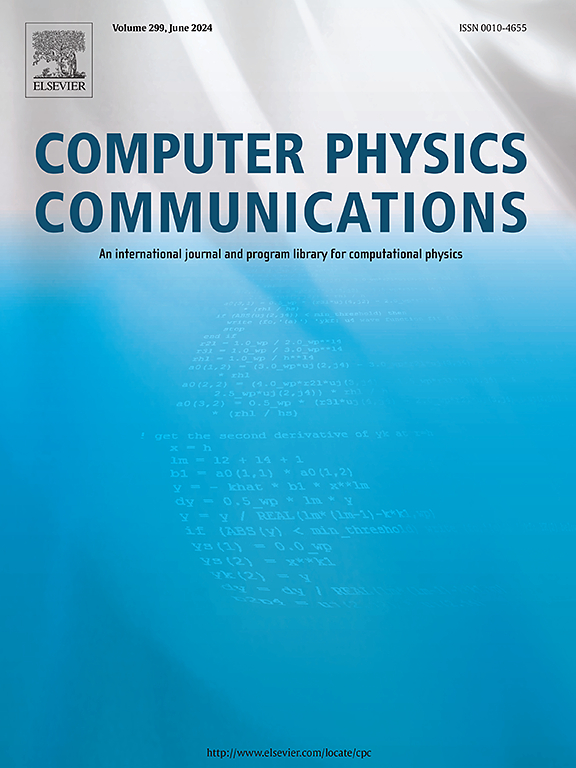机器学习辅助识别促裂变中子能谱测量中潜在偏差的来源
IF 7.2
2区 物理与天体物理
Q1 COMPUTER SCIENCE, INTERDISCIPLINARY APPLICATIONS
引用次数: 0
摘要
未识别的不确定性来源(USU)可能会使实验核数据的报告平均值和/或协方差产生偏差。反过来,这些偏差可以通过评估的核数据传播到应用模拟中,或者可能对适合实验数据的核理论提供不良信息。这种未知的偏置源必须与测量的固有物理成分联系起来,例如探测器响应的特性或背景还原技术。在本文中,通过将观测到的偏差与测量系统的特征联系起来,使用稀疏贝叶斯学习模型来支持专家在252Cf自发裂变的实验提示裂变中子谱(PFNS)中识别和表征USU。发现了三种不同的偏倚成分。第一个作为算法的验证案例,因为它识别了来自与中子探测系统中使用6Li相关的众所周知的源的偏差。后两个案例表明,通过识别、量化和将未知偏差与潜在原因联系起来,这种方法如何有利于实验核数据的评估。本文章由计算机程序翻译,如有差异,请以英文原文为准。
Machine learning-assisted identification of potential sources of bias in measurements of prompt-fission neutron spectra
Unrecognized sources of uncertainty (USU) can bias the reported mean and/or covariance of experimental nuclear data. These biases, in turn, can propagate through evaluated nuclear data to application simulations or may poorly inform nuclear theory that is fitted to the experimental data. Such unknown sources of bias must be tied to the inherent physical constituents of the measurements such as the characteristics of a detector response or a background reduction technique. In this article, a sparse Bayesian learning model is used to support experts in their efforts to identify and characterize USU in experimental prompt fission neutron spectra (PFNS) for spontaneous fissioning of 252Cf by linking observed biases to features of the measurement system. Three different bias components were found. The first acts as a verification case for the algorithm as it identifies a bias coming from a well-known source related to the use of 6Li in the neutron detection system. The second two cases demonstrate how this method can benefit the evaluation of experimental nuclear data by identifying, quantifying, and relating unknown biases to potential causes.
求助全文
通过发布文献求助,成功后即可免费获取论文全文。
去求助
来源期刊

Computer Physics Communications
物理-计算机:跨学科应用
CiteScore
12.10
自引率
3.20%
发文量
287
审稿时长
5.3 months
期刊介绍:
The focus of CPC is on contemporary computational methods and techniques and their implementation, the effectiveness of which will normally be evidenced by the author(s) within the context of a substantive problem in physics. Within this setting CPC publishes two types of paper.
Computer Programs in Physics (CPiP)
These papers describe significant computer programs to be archived in the CPC Program Library which is held in the Mendeley Data repository. The submitted software must be covered by an approved open source licence. Papers and associated computer programs that address a problem of contemporary interest in physics that cannot be solved by current software are particularly encouraged.
Computational Physics Papers (CP)
These are research papers in, but are not limited to, the following themes across computational physics and related disciplines.
mathematical and numerical methods and algorithms;
computational models including those associated with the design, control and analysis of experiments; and
algebraic computation.
Each will normally include software implementation and performance details. The software implementation should, ideally, be available via GitHub, Zenodo or an institutional repository.In addition, research papers on the impact of advanced computer architecture and special purpose computers on computing in the physical sciences and software topics related to, and of importance in, the physical sciences may be considered.
 求助内容:
求助内容: 应助结果提醒方式:
应助结果提醒方式:


